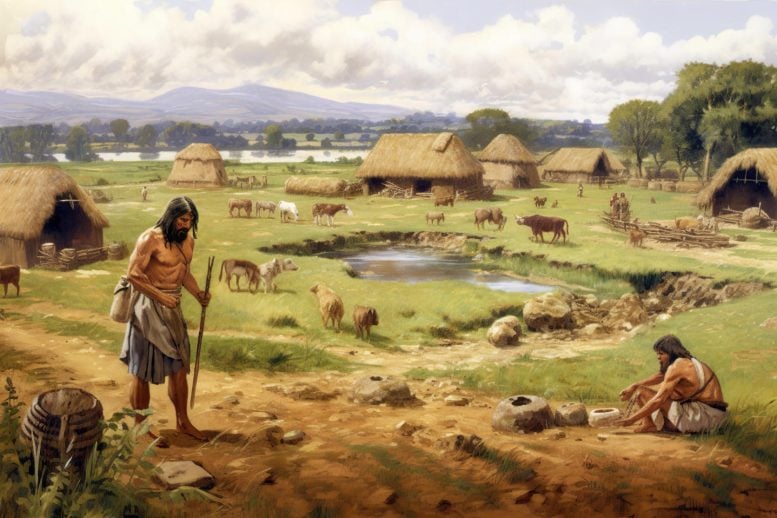
A recent study shows that the advent of the Neolithic era in North Africa was influenced by a blend of African hunter-gatherers, European farmers, and Near Eastern pastoralists. This complex interplay of cultures between 5500 and 4500 BC in the Maghreb region resulted in shared knowledge, cultural shifts, and intertwined genetics.
According to a recent study, the cultural exchanges and interbreeding between African hunter-gatherers, Neolithic European agriculturists, and East-Saharan pastoralists significantly influenced shifts in lifestyles, cultural manifestations, and genetic composition in the Maghreb from 5500 to 4500 BC.
For years, researchers have sought to understand the transition from humanity’s hunter-gatherer roots to agricultural and livestock practices. What triggered the “Neolithic Revolution”? Where did it all begin, and how did it spread?
To answer some of these questions and, as always in science, to pose new ones, an international team – on which the Universities of Cordoba, Huelva, and Burgos participated, conducted a study. Published in the journal Nature, the results of the new work dispel some myths about the beginning of the Neolithic and, therefore, of agriculture, in North Africa about 7,500 years ago.
Until recently, archaeologists debated the origins of agriculture and livestock in North Africa; that is, whether this had arisen independently, and whether the humans who inhabited that territory managed to domesticate local species and develop techniques similar to those of the inhabitants of the valleys of the Tigris and the Euphrates; or whether the process had been strictly the result of a cultural transmission from other regions, such as the Near East or the Mediterranean.
A new work spearheaded by the University of Uppsala and Burgos, with an important role played by the Moroccan Institute of Archaeology and Heritage Sciences (INSAP), shows that neither vision is true. Rather, the advent of the Neolithic in North Africa was the result of a complex and multifaceted process like few others, in light of the archaeological data observed thus far in the Old World altogether.
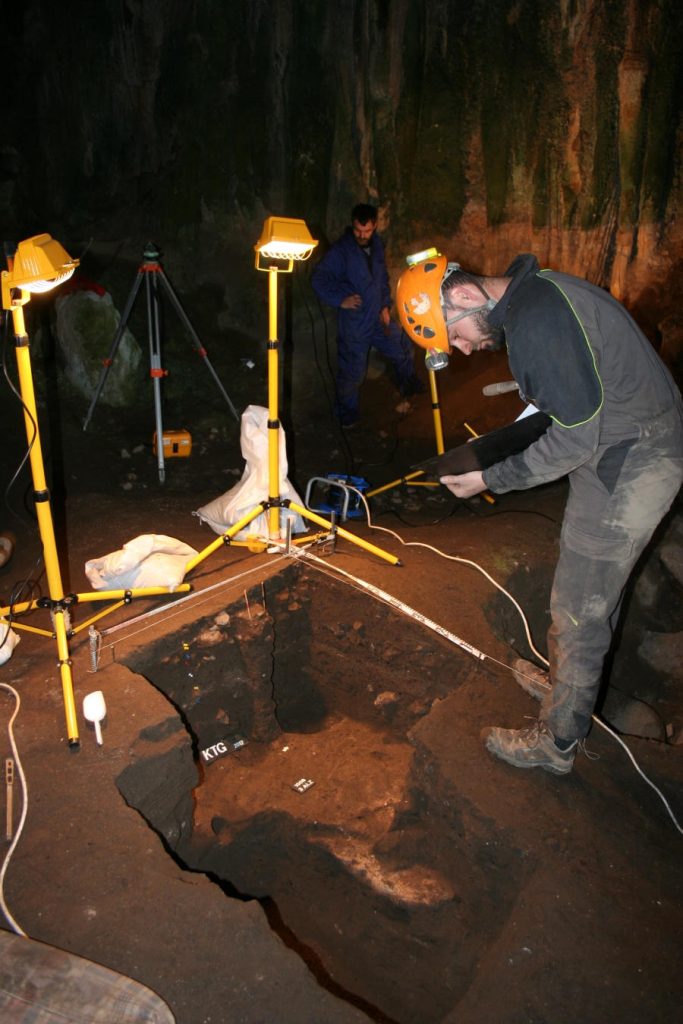
Researcher working. Credit: University of Cordoba
The originality of the study lies in its combined genomic reading of Neolithic human remains from three key sites: the Kaf Taht el-Ghar cave, in Tetouan; Ifri n’Amr Ou Moussa, in Khémisset province; and Skhirat-Rouazi, south of Rabat. In the first, the remains of a small group of individuals descended from European farmers who settled in the area around 7400 years ago were identified and studied.
In the second, the existence of a necropolis in a cave has been confirmed where a couple of centuries later individuals of purely local ancestry were buried; that is, farmers with ceramics who had descended from native hunter-gatherers who adopted these new techniques from the aforementioned immigrant groups. Finally, in the third, a prehistoric necropolis dating from a thousand years later, genomes associated with the expansion of pastoral peoples from the Fertile Crescent were identified, which Archaeology had been detecting throughout present-day North Africa.
The dating of all these remains and their genomic study has allowed this Iberian-Swedish-Moroccan team (the main author is Luciana Simões, a Portuguese researcher at the University of Uppsala), to verify that the biological and cultural diversity of the humans who inhabited the territory more than 7,000 years ago could be behind the success of Neolithization in North Africa.
In this regard, the work published in Nature – and on which Rafael M. Martínez, of the University of Cordoba: Juan Carlos Vera, of the University of Huelva; and Cristina Valdiosera, of the University of Burgos, co-director of the project, appear as co-authors – expressly points out that long before the Romanization of the western end of the Mediterranean and, of course, long before the Islamization of the territory, human groups on both sides of the Strait of Gibraltar already shared knowledge, cultural aspects and, of course, genes.
According to Rafael M. Martínez, at the University of Córdoba, this work represents “a turning point in our understanding of many aspects related to the Neolithic diffusion processes in the region, settling the question regarding its origin in Andalusia and the Maghreb. The unidirectionality of the process now seems quite clear, probably from Iberia, situating the printed decoration of these first Moroccan ceramics in the larger set of the first adorned ceramics from the Western Mediterranean, including the Italian Peninsula, Southern France and the Iberian Mediterranean.
Regarding the “pastoral” component of the necropolis of Skhirat, Martínez states that “precisely the ceramics present as trousseaus in these tombs, are completely different from the oldest printed ones, having precedents in styles previously known throughout the Sahara and decorated with rope patterns. A work of ours from 2018 already pointed out the relationship between this type of ceramics and pastoralist peoples; or, in any case, with very different origins.”
Juan Carlos Vera, meanwhile, underscored that Genomics has come to ratify what archaeology has already been asserting for the last ten years: “The genetic sampling campaign was carried out in 2016, but the clear, complete image of the cultural and economic-social changes parallel to the mestizaje and population movements now demonstrated would not have been possible without the archaeological work we did in Morocco between 2011 and 2013 as part of the ERC AGRIWESTMED project, coordinated by the archaeobotanical expert Leonor Peña-Chocarro, at the CSIC (Madrid), thanks to an agreement with the Moroccan INSAP, coordinated by our colleague Youssef Bokbot. Thanks to these works, it was possible to detect ancient cereal and legume seeds grown in several of these Neolithic contexts, which already pointed to a diffusion process, although in this case, we could not ascertain the ‘human’ scope of the process, or the immigrants’ ‘physical’ arrival to the territory, with the projection of their genes, which this work demonstrates,” says the professor at the University of Huelva.
Cristina Valdiosera, a Ramón y Cajal researcher at the University of Burgos and co-director of the project, along with Mattias Jakobsson, concluded that this is a work with enormous implications in the genomic history of North Africa.
The settlers of the Maghreb, the historical Berbers (imazighen), have an ancestry made up of three main components: the first of them is that of African hunter-gatherers, present since the Upper Paleolithic in the cave of Taforalt; that of the European Neolithic farmers, who ultimately descend from the first peasants of Anatolia, spread over the Mediterranean and who probably arrived in Morocco from the Iberian Peninsula around 5500 BC; and, finally, that of the pastoralist peoples who penetrated the African continent, towards the west and south, crossing the Sinai from the fertile crescent, and who arrived in the Moroccan Atlantic approximately a thousand years later.
“The fact that Berber and Semitic languages belong to the Afro-Asian linguistic trunk may be a consequence of the genomic history we are observing.”
Reference: “Northwest African Neolithic initiated by migrants from Iberia and Levant” by Luciana G. Simões, Torsten Günther, Rafael M. Martínez-Sánchez, Juan Carlos Vera-Rodríguez, Eneko Iriarte, Ricardo Rodríguez-Varela, Youssef Bokbot, Cristina Valdiosera and Mattias Jakobsson, 7 June 2023, Nature.
DOI: 10.1038/s41586-023-06166-6

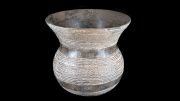
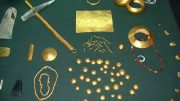
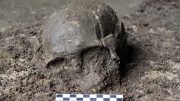
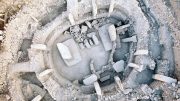
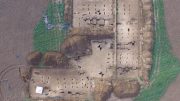
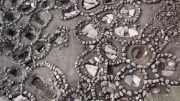
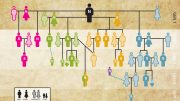

Genomic history is also important in evolution of culture & languages.
Future generations will be studying our present culture & languages for their evolution history.
Rubbish. Each time everything is rewritten it just proves that it was wrong before and will be wrong again after it is rewritten time and time again. You can switch it up and change it around all you like but it’s still nothing but rubbish in the end. Guesswork not science.
The idea that you can accurately put a time stamp on these “finds” is moving towards the truth, They don’t know.
And since Charles Lyell’s book have been Greatly over exaggerated.
Haha Book: This is your brain on parasites. How tiny microbial creatures manipulate our behavior and shape society.
@amazon @audible
Explains it all when ya think about it….
The research is interesting,but the way the article is presented is double-speak and “politically correct” rubbish. Based upon the content of the information presented, the correct title should be: ” immigrant farmers tauEuropeanght indigenous African hunter-gatherers how to use agriculture.” Why can’t we list and discuss the content of the research rather than merely repetitively stating that “information has been revealed that some cultures interacted”. This is lame.
5500, 4500’
It is very interesting that not in the Bible those humans were taken into account’
Most important that advanced humans now days believe the numbers that accurately land in the thousands, not in the thousand and one or two, but hey”
Humanity has evolved so much that they still believe bedtime stories!!!
ATHAR
27121986
3520219158629
PASSPORT ID CARD
37550324